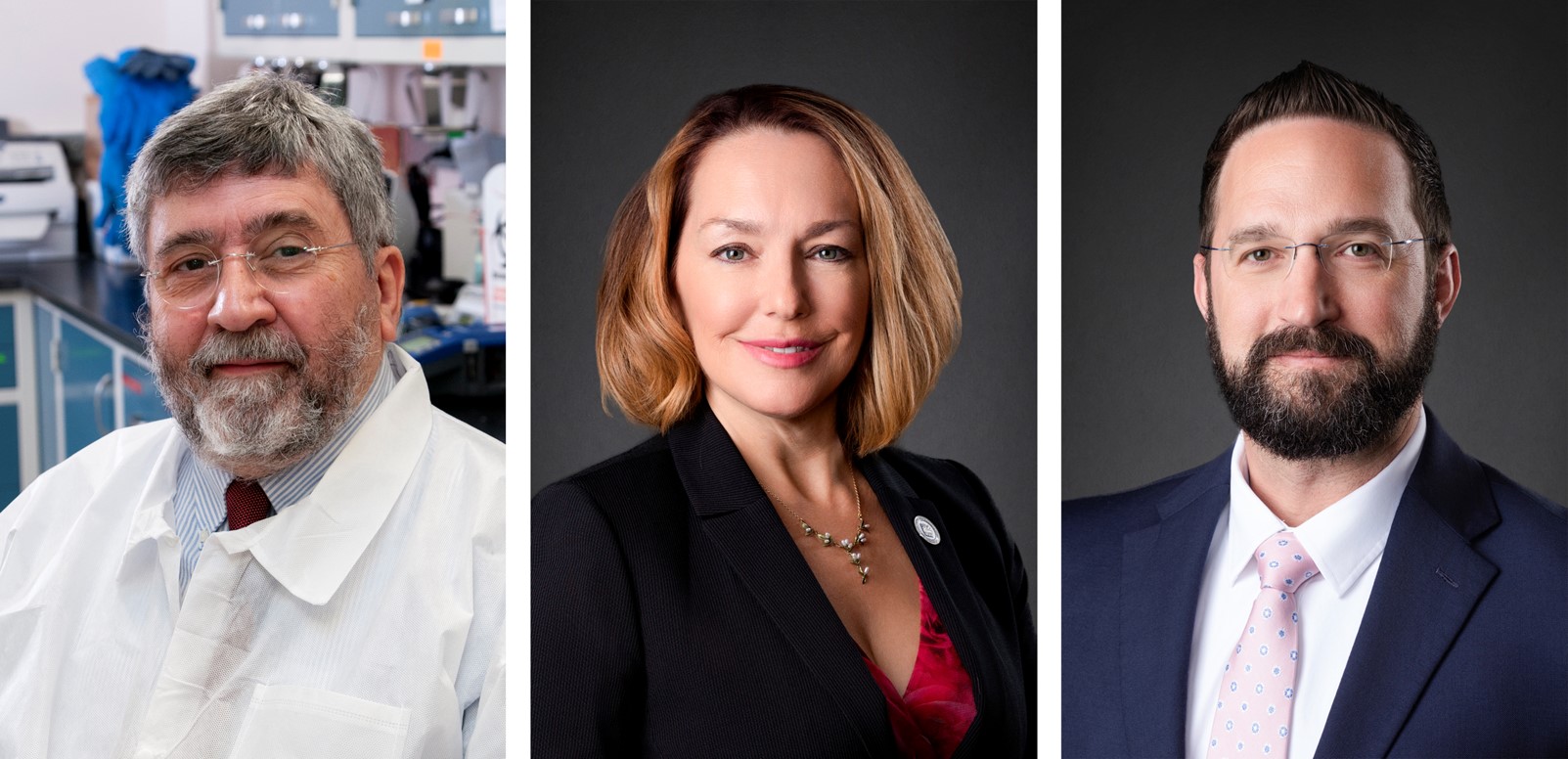Written by Stephanie Jacques
stephanie.jacques@usda.gov
NBAF Office of Communications
Website: usda.gov/nbaf/media
Manhattan, Kan., Aug. 21, 2024 — The World Organisation for Animal Health, or WOAH, has designated the U.S. Department of Agriculture’s National Bio and Agro-Defense Facility, or NBAF, as the Collaborating Centre for Genomic Monitoring of Viral Swine Diseases.
NBAF is a next-generation research and diagnostic laboratory facility dedicated to protecting the U.S. from transboundary, emerging and zoonotic animal diseases. It employs world-renowned experts on livestock pathogens across all three of the facility’s research units. Leading the center is Dr. Manuel Borca, Foreign Animal Disease Research Unit microbiologist; Dr. Lisa Hensley, Zoonotic and Emerging Disease Research Unit leader; and Dr. Chad Mire, Foreign Arthropod-Borne Animal Disease Research Unit leader.
“This designation is a high honor and showcases NBAF’s extensive and diverse expertise of leading USDA researchers on a world stage,” said Dr. Alfonoso Clavijo, NBAF director.
The collaborating center provides support and training to WOAH member laboratories to understand a viruses’ genome, or entire set of DNA code. By understanding the genome, scientists can better understand and potentially mitigate how a virus causes disease outbreaks in swine, particularly from African swine fever virus, classical swine fever virus, Japanese encephalitis virus and Nipah virus.
“International collaboration and information sharing is critical for making progress against these transboundary animal diseases,” said Jeff Silverstein, deputy administrator for USDA’s Animal Production and Protection Office of National Programs. “USDA’s Agricultural Research Service’s contribution through the WOAH Collaborative Center is a great way to amplify the impacts of our research efforts.”
Initially, the center will focus its services on African swine fever virus and add similar services for additional pathogens affecting swine. Those services include:
- Performing next-generation sequencing of the full-length virus genome for laboratories that lack or have limited sequencing capacity.
- Providing protocols and training for sample collection, nucleic acid extraction, next-generation sequencing and sequence analysis for laboratories that are capable.
- Identifying regional laboratories capable of receiving samples from other locations for genome sequencing.
- Establishing reliable bioinformatic pipelines and associated tools to deliver standardized genomic data, annotation and classification for archival and new viral isolates.
- Visiting sites to determine laboratory capabilities and their needs to process, analyze and interpret genomic data.
The center also will build a biorepository of well-characterized virus strains; aid in monitoring the spread of outbreaks; and provide support for vaccine matching in outbreak areas.
#
The National Bio and Agro-Defense Facility, or NBAF, is part of the U.S. Department of Agriculture and is an equal opportunity provider, employer and lender.

